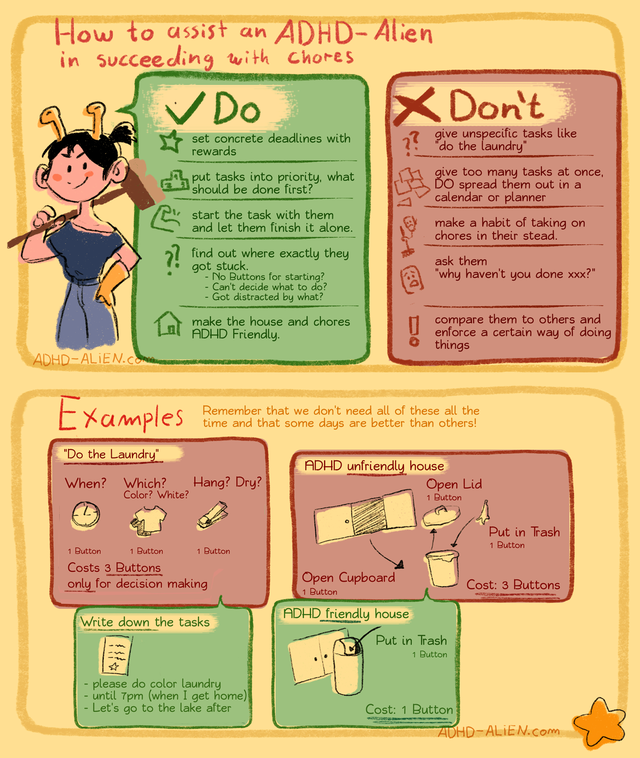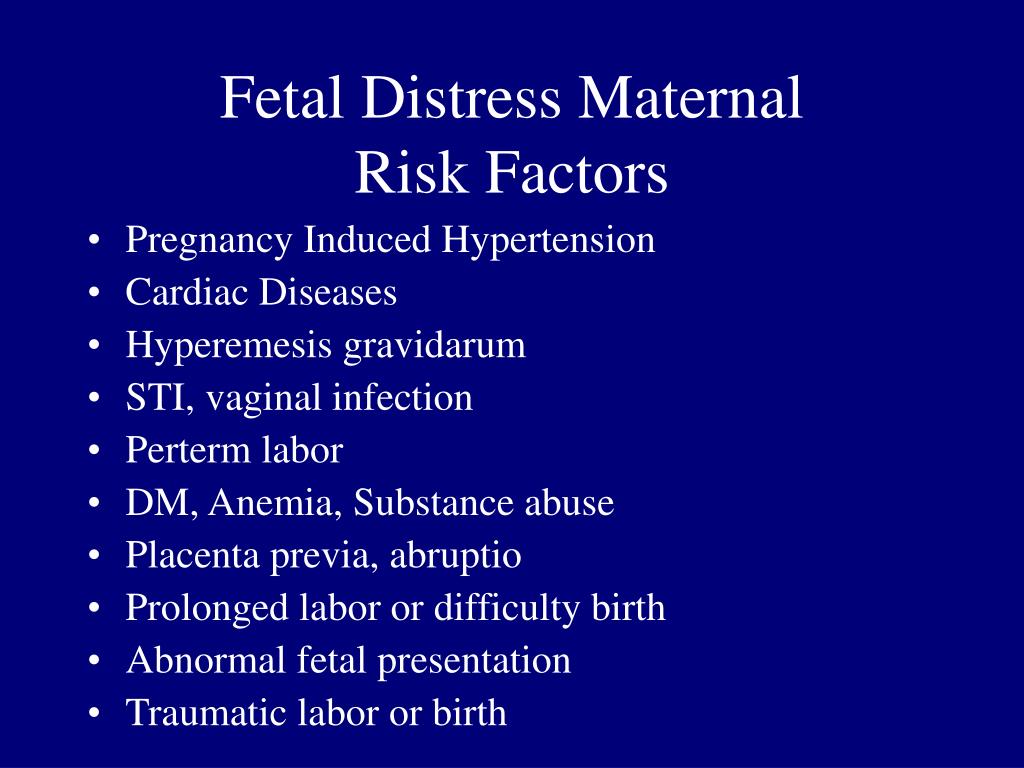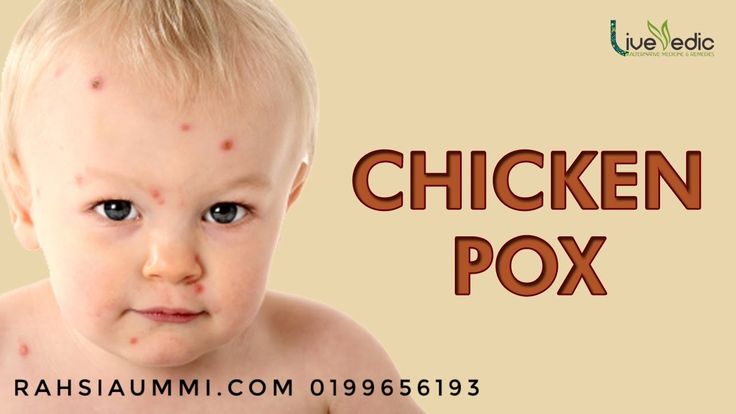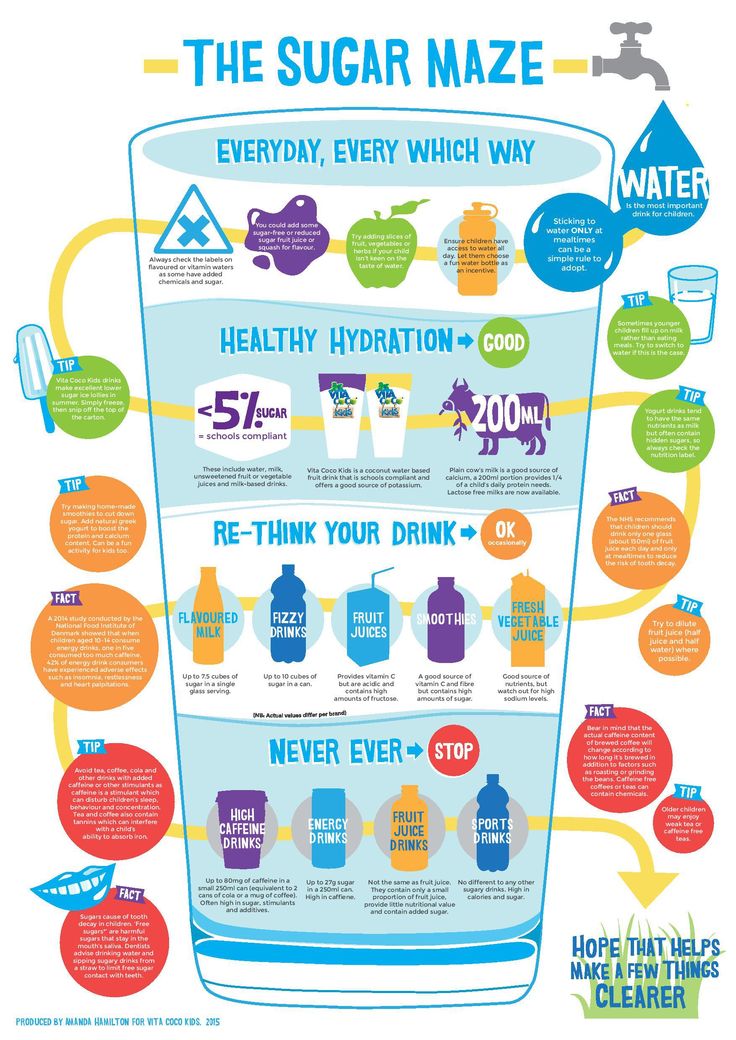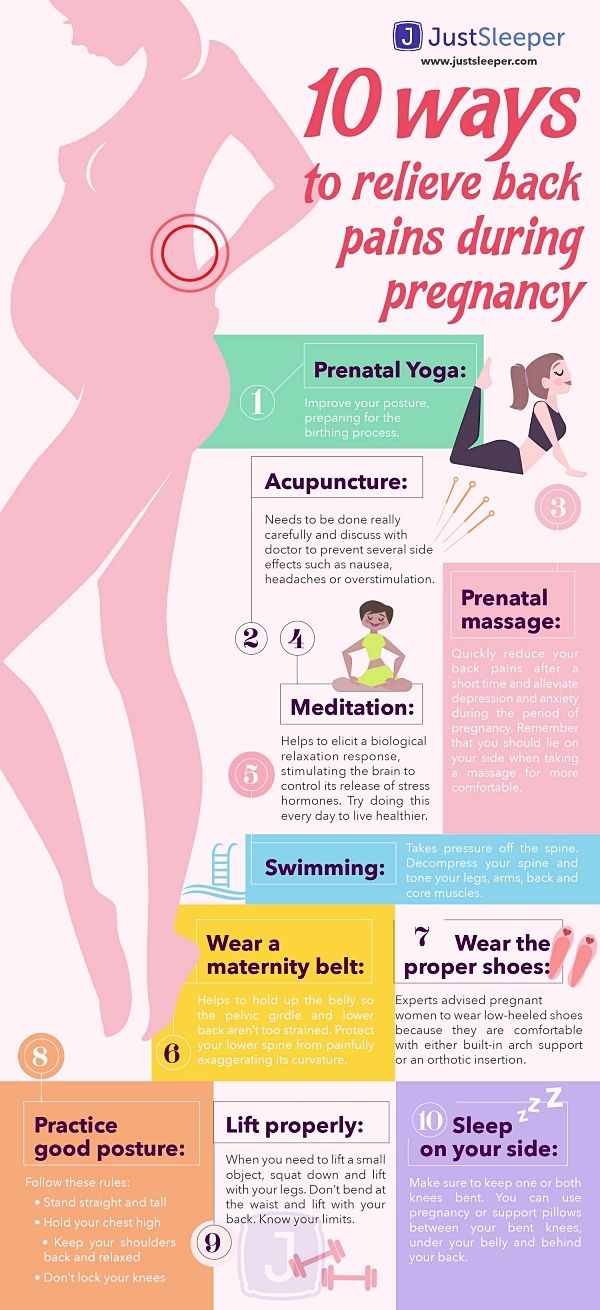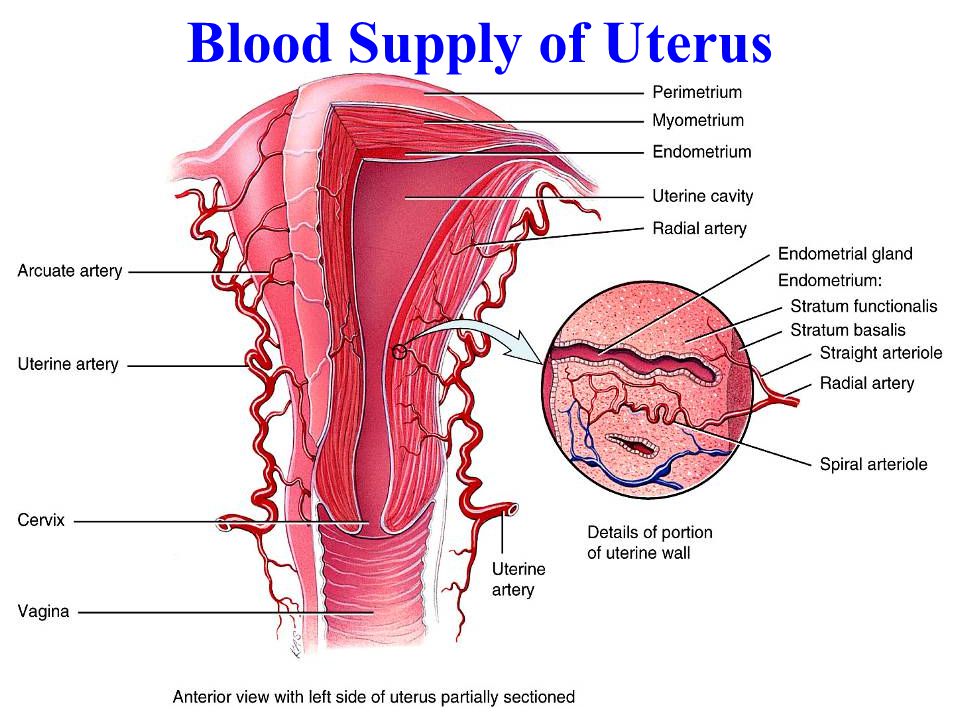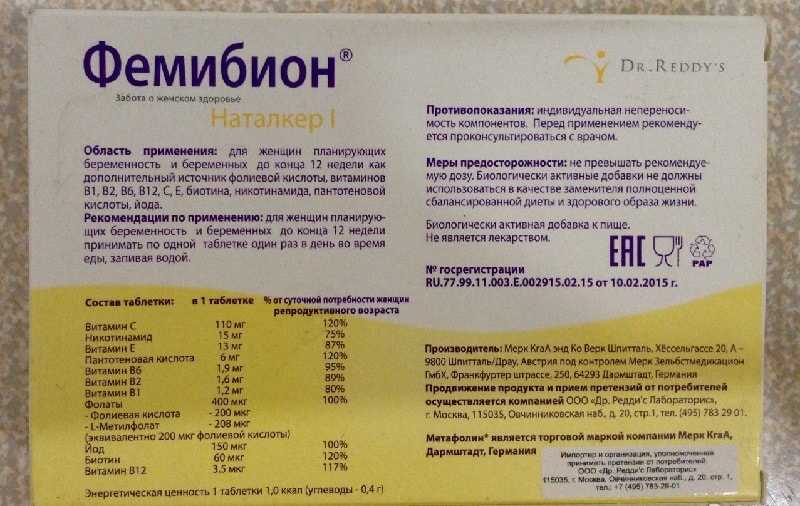How do you know when a child has adhd
The Signs of ADHD in Children and Adults
Attention deficit hyperactivity disorder (ADHD) is a complex neurodevelopmental disorder that can affect your ability to function in many different aspects of your life, such as at school, at work, and even at home.
Although ADHD can cause visible challenges in everyday life, the symptoms in children and adults vary and are sometimes difficult to recognize.
ADHD is generally diagnosed in children by the time they’re teenagers, with the average age for moderate ADHD diagnosis being 7 years old. Adults with ADHD may have exhibited elaborate symptoms early in life that were overlooked, leading to a late diagnosis later in life.
Below, we’ll discuss some of the common signs and symptoms of ADHD in children and adults, as well as tips for living with ADHD and where to find support.
ADHD primarily causes symptoms related to inattention, hyperactivity-impulsivity, or a combination of both.
With ADHD, someone may experience difficulties paying attention and staying organized, excess fidgeting or restlessness, and trouble with self-control or impulsive behaviors.
In children or toddlers with ADHD, this can lead to symptoms at home, in day care, or at school, such as:
- trouble focusing on activities and becoming easily distracted
- low attention span while playing or doing schoolwork
- fidgeting, squirming, or otherwise having trouble sitting still
- constantly needing movement or frequently running around
- engaging in activities loudly or disruptively
- excess talking and interrupting other people
Symptoms of ADHD in teenagers
As children with ADHD get older, the symptoms they experience may change. In some cases, certain symptoms seen in childhood may become less problematic in adolescence, while new symptoms can arise amidst the changing responsibilities that accompany growing older.
In adolescents and teenagers with ADHD, other symptoms that may appear can include:
- difficulty focusing on schoolwork or other work
- frequently making mistakes while doing work
- trouble finishing tasks, especially schoolwork or chores
- trouble with task organization and time management
- frequently forgetting things or losing personal items
- frequently avoiding mentally taxing tasks
- experiencing increased frustration and emotional sensitivity
- trouble navigating social and familial relationships
- increased conflict with parents due to ADHD symptoms affecting the home life
It’s important to understand that while these symptoms of inattentiveness, hyperactivity, and impulsivity can sometimes cause adolescents and teenagers with this condition to appear “immature,” they are simply a part of ADHD and have nothing to do with a child’s maturity level.
Although most people with ADHD receive a diagnosis during childhood, sometimes the signs and symptoms of this condition are overlooked or misinterpreted.
But as long as the symptoms of ADHD have been present for that individual before 12 years of age, they can still receive a diagnosis in adulthood.
In adults, the symptoms of ADHD can appear different than those in adolescence or childhood due to the different responsibilities someone may have in adulthood. According to the literature, adults tend to experience:
- difficulties at college or work
- trouble passing classes or completing work
- issues with self-esteem and overall mental well-being
- substance misuse issues, especially with alcohol
- relationship challenges with partners, family, or co-workers
- frequent accidents or injuries
While ADHD affects people of all ages and genders, research suggests that ADHD is roughly four times as prevalent in males as it is in females.
The differences in ADHD between sex and genders are not just refined to the prevalence. In fact, ADHD can present differently in women than in men, which can further contribute to the reduced rate of diagnosis in women and girls.
A recent article published in BMC Psychiatry reviewed the research on different symptoms, co-occurring conditions, and the level of functioning in females who have ADHD.
According to the research, females often experience a mix of both inattentive and hyperactive-impulsive symptoms, many of which are less severe than their male counterparts, especially in the hyperactive-impulsive category.
Other notable differences in ADHD presentation in women and girls are:
- more severe difficulties with mood changes and emotional regulation
- a higher likelihood of severe social problems, especially with bullying
- an increased risk of sexually transmitted infections (STIs) and pregnancy due to an increased number of sexual partners
- more severe challenges in the areas of academics and self-esteem
- increased behaviors used to compensate for difficulties at home, school, or work
In addition, ADHD symptoms seem to become more severe with age and during periods of transition, such as puberty and adulthood.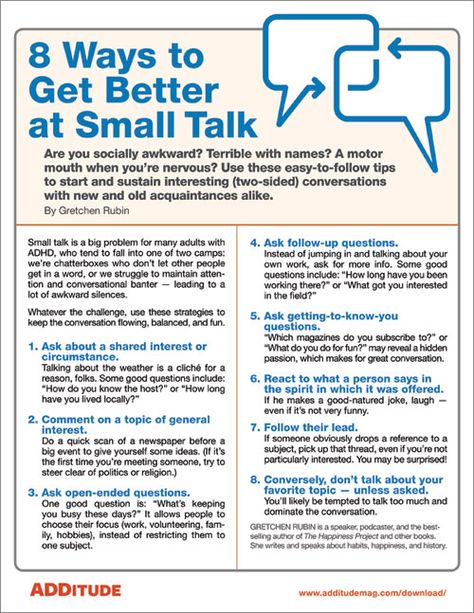
Hormonal changes, such as those that occur with menstruation, pregnancy, or menopause, can also cause an increase or worsening of ADHD symptoms.
ADHD in the transgender community
Most of the sources used in this article do not delineate between (and sometimes conflate) sex and gender and can be assumed to have primarily cisgender participants.
While research on ADHD within the transgender community is new, recent surveys state that transgender individuals are “significantly more likely” to report an ADHD diagnosis.
One study in Australia reports that ADHD is four times more common among transgender people than the cisgender population.
At the time of publication, no research could be found that discussed the breakdown of symptoms between trans men, trans women, and gender nonconforming people. Intersex people were also not represented.
When we look at the presentation of ADHD symptoms, age seems to be the biggest factor for differences in symptoms between individuals.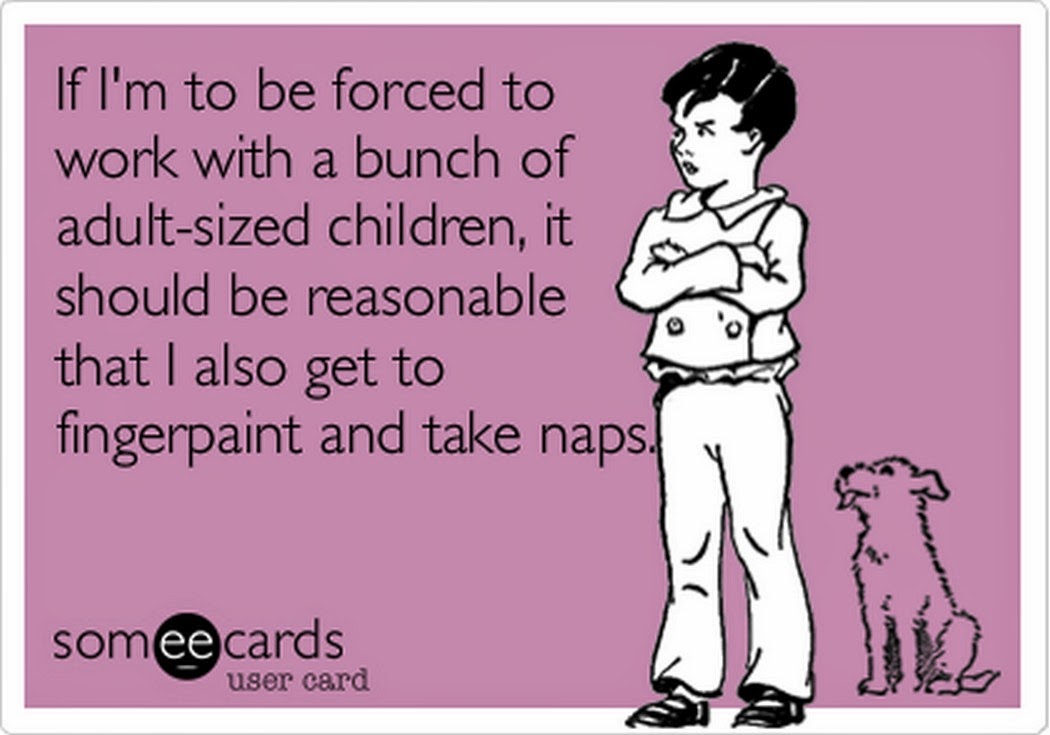 However, ethnic and cultural differences can also play a significant role in the diagnosis and treatment of this condition.
However, ethnic and cultural differences can also play a significant role in the diagnosis and treatment of this condition.
According to research, differences in beliefs, values, and even medical approaches can impact the way that certain behaviors — many of which are the direct result of ADHD — are viewed.
In fact, various studies have shown that children who belong to marginalized ethnic groups are less likely to receive the correct diagnosis and treatment they need for their ADHD.
Other cultural factors that can influence the perception, diagnosis, and treatment of ADHD include:
- lack of knowledge about the condition
- fear of the stigma surrounding the condition
- lack of trust in the medical system
- reduced ability to recognize when symptoms are problematic
- differences in the way certain behaviors are viewed between genders
- language barriers for non-native English speakers
- no access or limited access to insurance or healthcare services
- lack of healthcare professionals who are culturally competent
All of these factors can play a role in the way that ADHD symptoms are viewed and can lead to barriers in the diagnosis and treatment of ADHD in historically marginalized communities.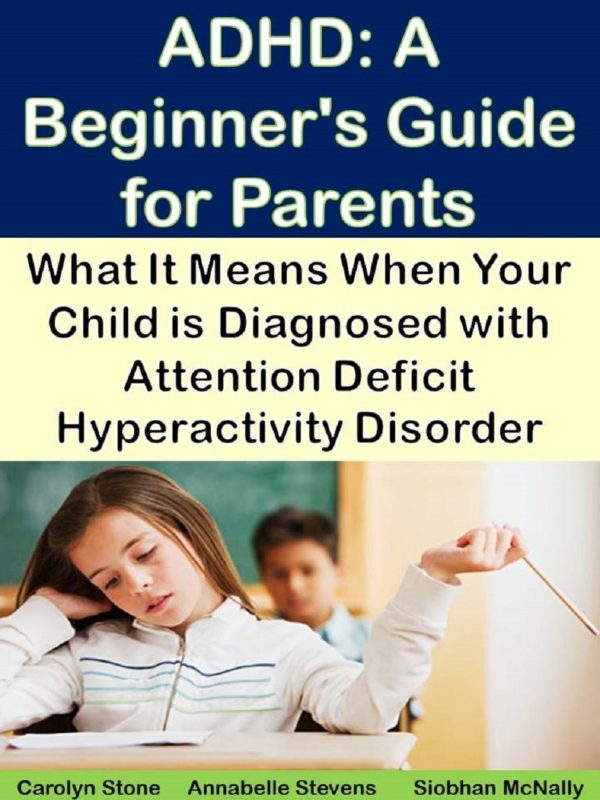
Without treatment, ADHD can make it difficult to function at your best in your home life, at work or school, or even within your relationships.
If you believe that you, your child, or someone close to you is displaying signs of ADHD, reach out to a doctor or psychologist to ask about a potential diagnosis and start on the path to treatment.
If you’ve received an ADHD diagnosis, you might find the following treatment options can reduce symptoms and help you function better in your everyday life:
- Therapy. Behavioral therapy is one of the most beneficial types of therapy for ADHD, especially for children and adolescents, because it helps identify the thoughts, feelings, and behaviors that are having the most impact.
- In younger children with ADHD, behavioral therapies that focus on parent training, classroom management, and peer interventions are most effective.
- In adolescents and adults, a type of behavioral therapy called cognitive behavioral therapy (CBT) can also be helpful.

- Medication. Medications can be used alone or in conjunction with behavioral therapy to reduce the symptoms of ADHD in both children and adults.
- According to research, psychostimulants — which are medications that increase the activity of the central nervous system — are the first-line medication for ADHD.
- Other nonstimulant medication options for ADHD can include certain high blood pressure medications, antidepressants, antipsychotics, and mood stabilizers.
- Lifestyle changes. Lifestyle changes for ADHD involve strategies that can help you work through the inattentiveness, hyperactivity, and impulsivity that the condition causes. Here are some helpful ways to create structure for yourself if you have ADHD:
- Fine tune your study skills.
- Create organizational techniques.
- Implement time management strategies.
Getting support
It can feel overwhelming to receive a diagnosis of ADHD, but the most important thing to remember is that you’re not alone.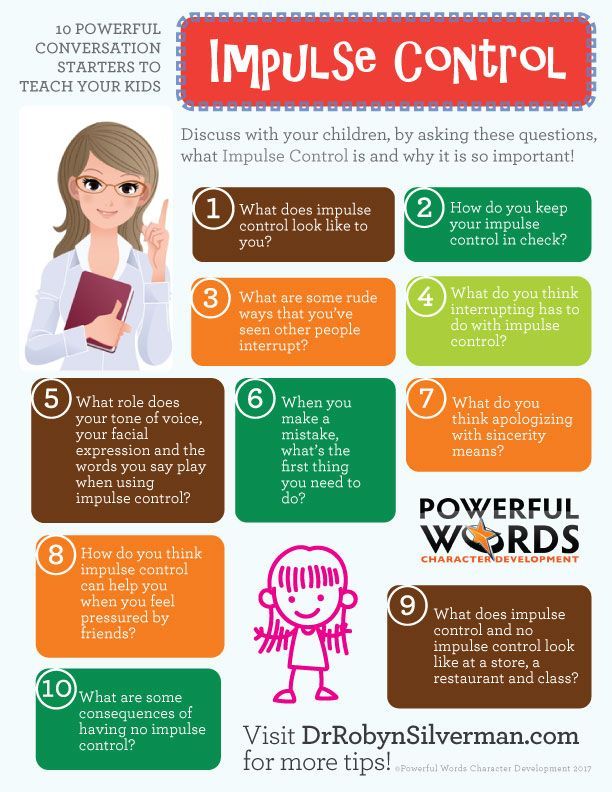 If you’re looking for more support after your diagnosis, here are a few resources to get you started:
If you’re looking for more support after your diagnosis, here are a few resources to get you started:
- Children and Adults with Attention-Deficit/Hyperactivity Disorder (CHADD). CHADD is an organization that focuses on providing information about ADHD, as well as resources related to support and advocacy for people with ADHD.
- ADHD Foundation. The ADHD Foundation is a U.K.-based organization that provides education and resources for people living with ADHD, while also providing information for caretakers and professionals who care for individuals with ADHD.
- Attention Deficit Disorder Association (ADDA). The ADDA is another organization that provides resources for people with ADHD, including a list of virtual support programs for different groups, such as People of Color, LGBTQIA+ individuals, and more.
ADHD is a neurodevelopmental condition that causes a person to experience inattention, hyperactivity-impulsivity, or a mixture of both.
In children, ADHD symptoms can sometimes be misunderstood by parents and caretakers, while untreated ADHD in adults can cause symptoms that significantly interfere with daily functioning.
With the right diagnosis and treatment, you can learn to manage the symptoms of ADHD and improve your overall quality of life.
18 Early Warning Signs of ADHD in Children
Every kid is inattentive or hyperactive at times. When they show a habit of these behaviors, parents play a big part in bringing about positive change.
Posted by The Iowa Clinic on Friday, May 29, 2020
Compared to their parents, most kids appear hyperactive. They’re always on the go. They’re easily distracted. And they have endless amounts of energy.
When parents worry about their kids having attention-deficit/hyperactivity disorder (ADHD), they tend to focus on this hyperactivity. But more attention should be paid to the last word in the condition: disorder.
But more attention should be paid to the last word in the condition: disorder.
ADHD is a chronic illness. More than 60 percent of children who have it carry it with them into adulthood. Early diagnosis can help your child receive the treatment they need and give you the tools to help them manage their condition.
ADHD symptoms are common behaviors seen in all kids.
ADHD is complex. You can’t simply check off a few symptoms from a list and diagnose it. At one point or another, every single child showcases an ADHD symptom. You may see it and think there’s something wrong. But on the whole, they’re exhibiting normal behaviors for a child their age.
Those behaviors are outlined in the American Psychiatric Association’s Diagnostic and Statistical Manual, Fifth Edition (DSM-5) and fall into two groups: inattention and hyperactivity/impulsivity. Within each category, there are nine symptoms associated with ADHD.
Signs of Inattention
Attention is half the problem in ADHD. Whether it’s to you or a teacher, at home or at school, kids with ADHD may find it hard to pay attention. And that interferes with their ability to listen, learn and even think. Your child may have trouble:
Whether it’s to you or a teacher, at home or at school, kids with ADHD may find it hard to pay attention. And that interferes with their ability to listen, learn and even think. Your child may have trouble:
- Paying attention to details or make careless mistakes
- Focusing on tasks or at play
- Listening when you or a teacher speaks to them directly
- Following through on instructions, homework or chores
- Organizing tasks or activities
- Completing tasks that require mental effort over a long period of time and express their dislike or completely avoid these things
- Keeping track of their belongings, like school supplies, glasses or a phone
- Remembering things in daily activities
- Avoiding distractions
Signs of Hyperactivity and Impulsivity
An excitable kid with high energy who acts on their every impulse may fall on the hyperactivity and impulsivity end of the disorder. These behaviors can be more disruptive, especially in school. Your child might:
These behaviors can be more disruptive, especially in school. Your child might:
- Fidget, squirm and constantly tap their hands or feet
- Get out of their seat in school, church or other situations where they should remain seated
- Run and climb in inappropriate places or situations
- Be unable to play or take part in leisure activities quietly
- Have a high motor and always be on the go
- Talk excessively
- Blurt out answers before questions are completed
- Have trouble waiting their turn
- Interrupt conversations and games
You may look at these lists and think, “Yeah, that’s my kid.” While in the wrong settings, many of these behaviors are disruptive — even embarrassing — they might be completely normal for your child’s age. For example, many parents start worrying about ADHD in their toddlers. But these symptoms are normal for children at that developmental stage.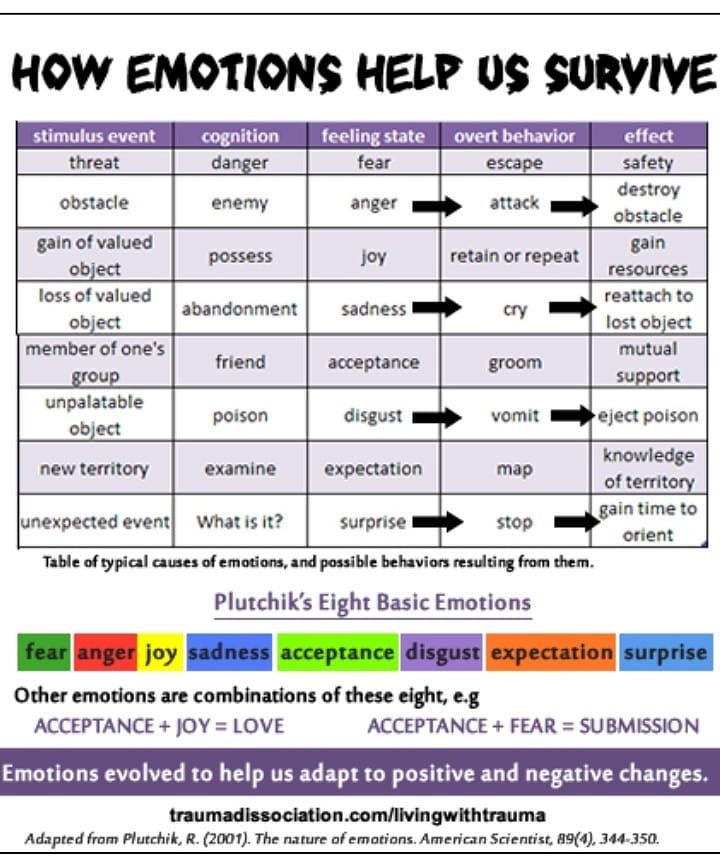
The signs can still show up pretty early on though. ADHD can be diagnosed as early as four years old. To be diagnosed between the ages of four and 16, a child must show six or more symptoms for more than six months, with most signs appearing before age 12. And the behaviors have to show up in more than one setting, like at both school and at home, and cause problems in those settings.
Wondering if Your Kid's Behavior is Normal?
Your first call should be to your pediatrician so you can understand when normal turns disruptive.
Schedule an Appointment
ADHD is the same as ADD.
They used to be considered different disorders. If a child showed inattentive symptoms, they were diagnosed with ADD. If they showed hyperactive or impulsive symptoms, it was ADHD.
Now, they are considered the same disorder — just different variations of it. Depending on which set of symptoms a child has, they fall into one of three categories:
- Predominantly inattentive – This is what used to be known as ADD.
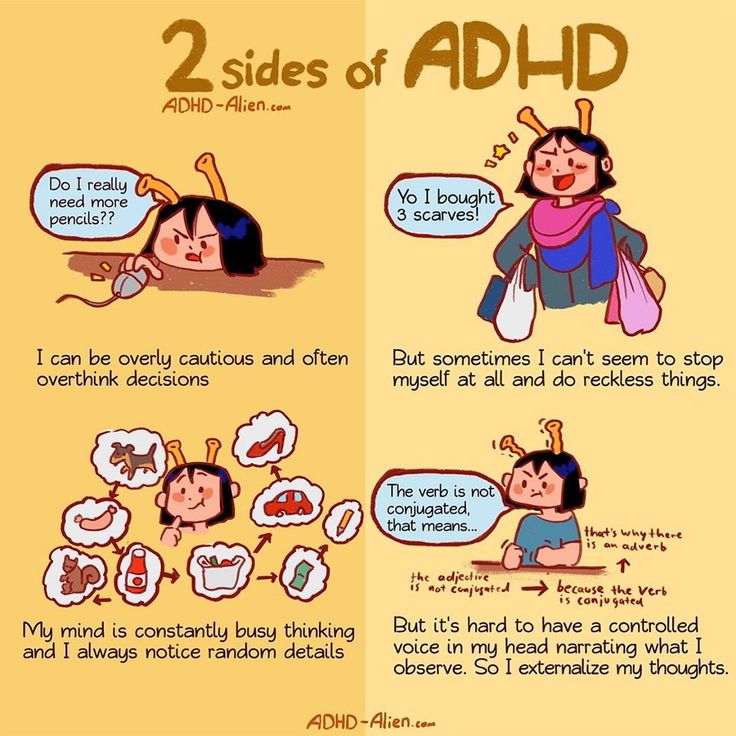 A kid displays most signs of inattention but isn’t hyper or impulsive.
A kid displays most signs of inattention but isn’t hyper or impulsive. - Predominantly hyperactive-impulsive – A child can focus and pay attention, but shows many signs of hyperactivity and impulsivity.
- Combined – Most children with ADHD are a mixed bag. They have symptoms from both sides of the disorder.
ADHD behaviors are so interconnected that they can change over time. Your child could be diagnosed with the combined form of ADHD and, years later, be predominantly inattentive. When their symptoms change, their treatment may change too.
There’s more to managing ADHD than medication.
By the last count, more than 11 percent of children in Iowa were diagnosed with ADHD, according to the 2011 National Survey of Children’s Health. Eighty percent of them are taking medication for it.
Ritalin and Adderall are well-known ADHD medications and are effective for the majority of children.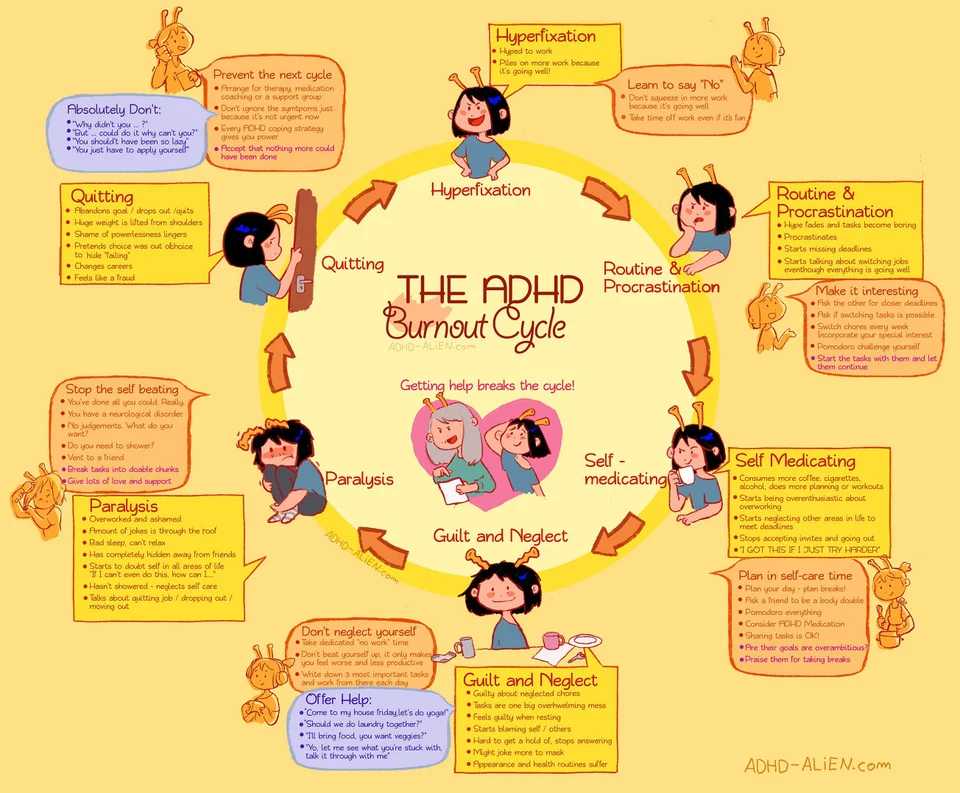 They are fast-acting stimulants that reduce the number and severity of symptoms. But they don’t work for every child. Non-stimulants are used instead when stimulants are ineffective or present unwanted side effects like sleep issues, poor appetite and social withdrawal.
They are fast-acting stimulants that reduce the number and severity of symptoms. But they don’t work for every child. Non-stimulants are used instead when stimulants are ineffective or present unwanted side effects like sleep issues, poor appetite and social withdrawal.
Medication is often used alongside behavior management, and that’s where parents come in. The American Academy of Pediatrics (AAP) just updated their guidelines for treating children with ADHD in September. The new guidelines emphasize parent training in behavior management and recommend it as the first-line of treatment — before medications — for children six and under.
Parenting Tips for Helping a Child with ADHD
Raising a child with ADHD can be challenging, especially in the early years when they are rapidly developing and aren’t old enough to try medication. But no matter their age or prescription, parents play a major role in managing problematic behaviors.
The AAP’s advice boils down to structure, organization and simplification. You can only really control the home environment. But if you do what you can to make things simple and structured, you can help improve your child manage their condition.
You can only really control the home environment. But if you do what you can to make things simple and structured, you can help improve your child manage their condition.
- Create a routine. Schedules are a must. They set expectations from breakfast to bedtime, helping to keep kids focused on tasks or activities while limiting their distractions.
- Organize everything. In addition to structuring your child’s days, structure their environment. An orderly environment where every toy and item has a home helps forgetful children keep track of their belongings.
- Limit their choices. The amount of options can be overwhelming for children with ADHD. Make your child’s life more manageable be letting them choose from a limited set of options, whether it’s what they want to eat or what they want to do during the day.
- Make lists. Break things down step-by-step for them. Lists help limit choices, build good habits and set clear paths for long-term and otherwise unmanageable tasks.
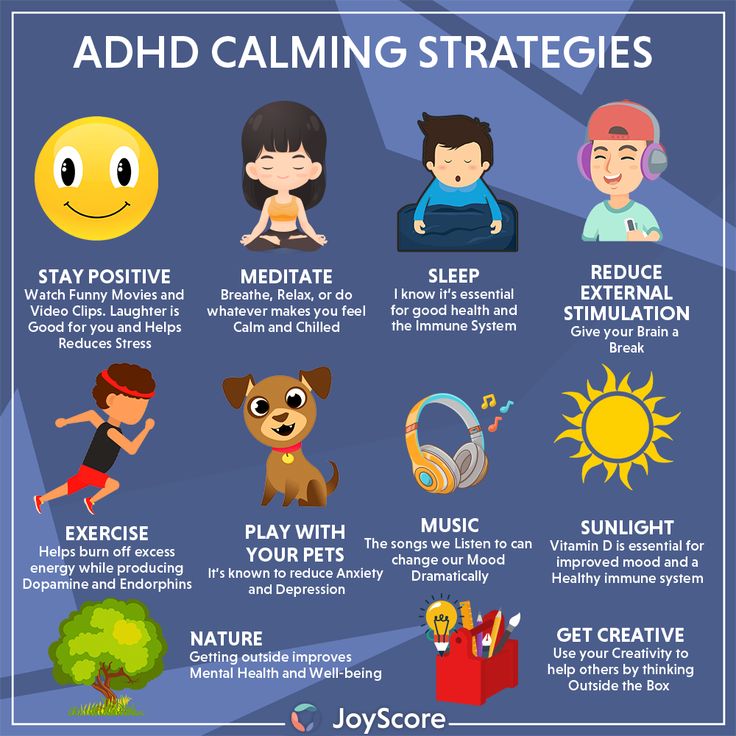 For younger kids, illustrated lists are more effective. Use pictures that illustrate the steps they need to complete. You can make it interactive by allowing them to move a picture to a different area on the chart to help give them a sense of achievement.
For younger kids, illustrated lists are more effective. Use pictures that illustrate the steps they need to complete. You can make it interactive by allowing them to move a picture to a different area on the chart to help give them a sense of achievement. - Stay positive. Rewarding good actions is a major component of behavior therapy. You must outline clear consequences and discipline for poor behavior. But positive reinforcement is critical. Offer up affection, praise, or prizes when they hit their goals, accomplish their tasks or even just pay attention.
Help establish healthy habits. An unhealthy lifestyle can make ADHD symptoms worse. Make sure your child is eating right and getting plenty of exercise and sleep.
Additional Help for Parents and Children with ADHD
You control the home, but ADHD behaviors are present in at least one other setting. So you need additional support and coordination with teachers, family and the community to help your child manage their condition when you’re not there.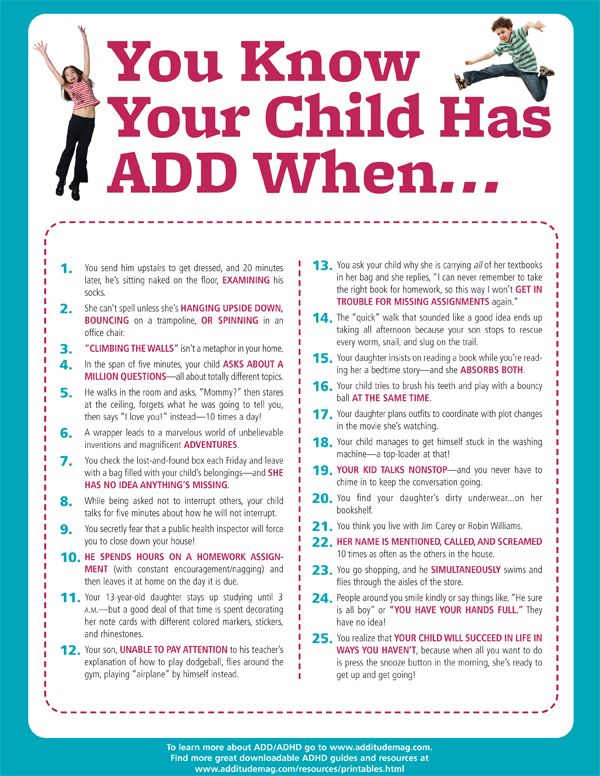
Your kid may require additional assistance in the classroom or other services at school where they have behavioral specialists trained to help. Keep an open line of communication with your child’s teachers and the staff at their school to better coordinate your efforts and keep tabs on progress.
Teachers are also important in diagnosing ADHD. They provide valuable insights into whether a child is having the same difficulties at school as they are elsewhere. If you or a teacher are concerned about your child’s behavior, set up an appointment with your pediatrician to get an accurate diagnosis of the type and receive proper treatment. It’s a team effort, but with the right tools, your child can succeed and thrive despite their condition.
causes, symptoms, signs, diagnosis, treatment of attention deficit hyperactivity disorder in children and adults
Symptoms of ADHD in children
Causes of pathology
Diagnosis
Treatment methods for ADHD
Prevention
Today, more and more children are being diagnosed with ADHD (Attention Deficit Hyperactivity Disorder).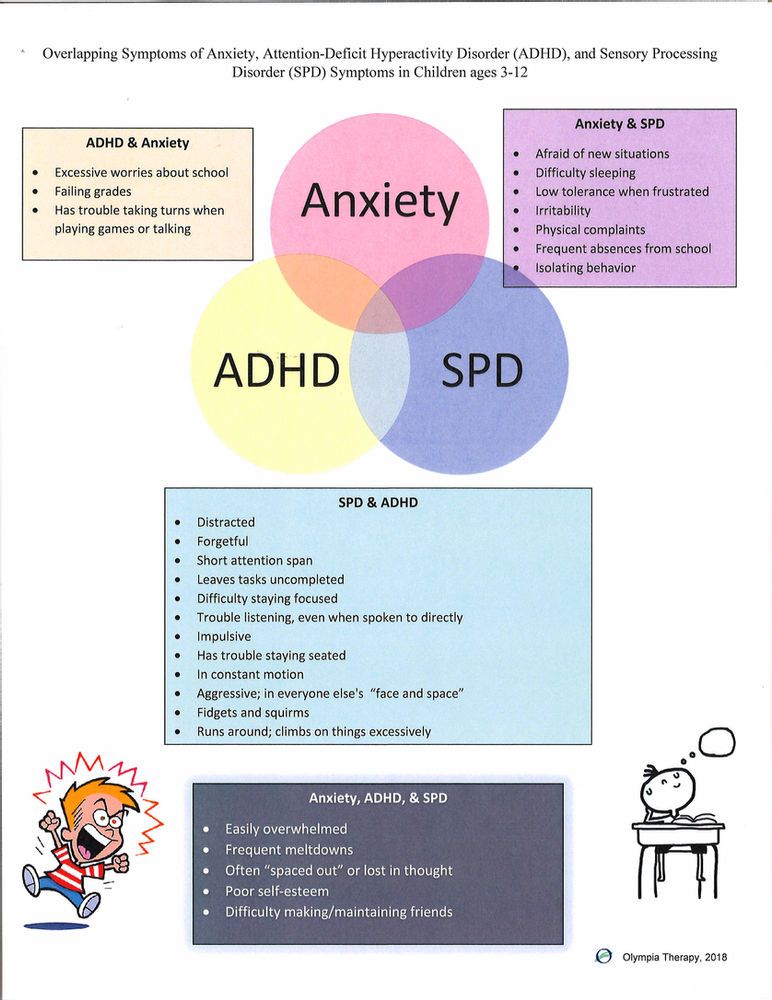 As a rule, it is diagnosed in children aged 6-8 years, when the child goes to school. It is at this time that it becomes obvious that the child has pronounced problems with behavior and perception of information. nine0003
As a rule, it is diagnosed in children aged 6-8 years, when the child goes to school. It is at this time that it becomes obvious that the child has pronounced problems with behavior and perception of information. nine0003
ADHD is a neurological-behavioral developmental disorder. Pathology makes itself felt in childhood, but in the absence of timely therapy, it can persist into adulthood. According to statistics, ADHD is most common in boys, but can also occur in girls. If the pathology is not diagnosed and treated in a timely manner, this is fraught with poor school performance, the child may develop serious social problems, which increases the risk of substance abuse in the future. nine0003
Symptoms of ADHD in children
Consider some of the signs that may signal ADHD in children:
- The child is constantly distracted, inattentive, when communicating with him there is a feeling that he is not listening to you.
- It is difficult for him to keep his attention on the teacher's words for a long time, because of which the understanding of information also suffers.
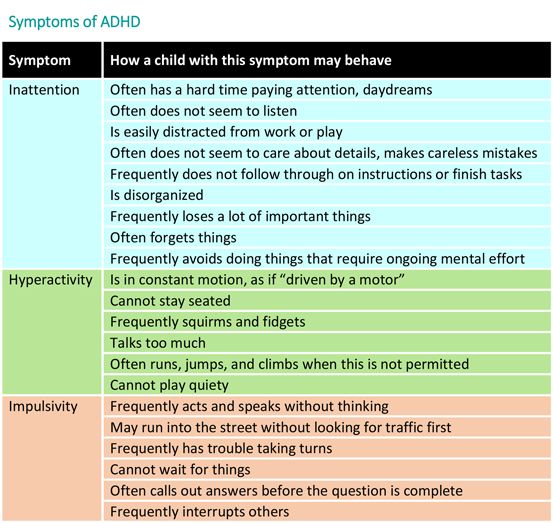
- Increased activity is observed - the child literally cannot sit in one place. Even during school hours, he can get up and walk around the classroom. nine0025
- The child is impatient, cannot wait for his turn, constantly interrupts, answers questions without waiting for them to end.
- Children with ADHD are characterized by emotional instability, which can be manifested by frequent mood swings: a child can suddenly become irritable, tearful, and restless for no reason.
- Disorder is typical - children with this diagnosis often lose their belongings (for example, school supplies, money, keys). nine0024 Problems with sleep and appetite, with daily routine.
Additionally, some neurological abnormalities may be observed. For example, a child with ADHD may have poor motor coordination, resulting in some clumsiness. Also, in some cases, twitching of the facial muscles and trembling of the limbs are observed.
The first signs of attention deficit hyperactivity disorder are observed at the age of 2-3 years, but at this age it is difficult to determine whether they are a manifestation of pathology or normal age-related features.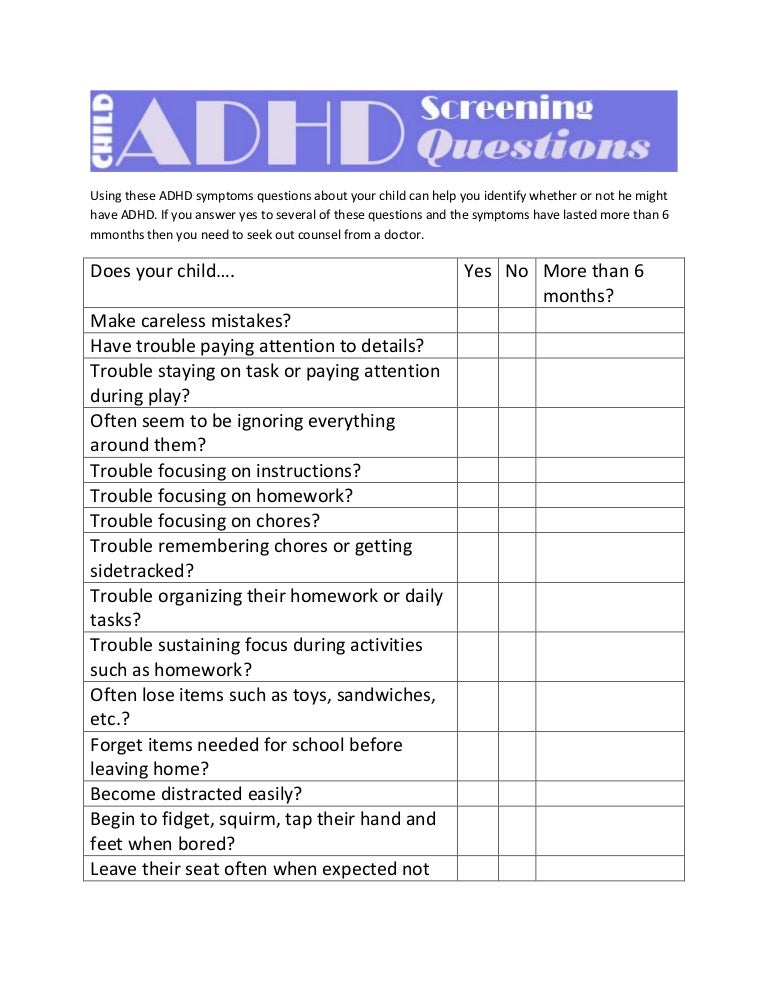 nine0003
nine0003
However, if by the age of 6-8 years the child has not become more attentive and collected, this is an alarming sign that makes it possible to assume ADHD with a high degree of probability. That is why, if you have the above symptoms, you should definitely consult a doctor and start treatment.
Causes of pathology
There is no single reason for the development of ADHD. Many experts agree that the most common cause may be genetic mutations that lead to a disruption in the production of dopamine and the work of dopamine receptors. nine0003
Also, the causes of the development of attention deficit hyperactivity disorder may be the following factors:
- Severe pregnancy, complicated delivery, including prolonged or rapid.
- Use by the expectant mother during pregnancy of potent drugs, alcoholic beverages, toxic substances.

- Serious pathologies suffered by a child at an early age, including craniocerebral trauma. nine0025
- Psychological trauma in a child.
- Fetal asphyxia.
It is also worth noting that this pathology has a hereditary predisposition. It was found that the presence of ADHD in parents significantly increases the likelihood of developing this syndrome in a child.
Diagnostics
The diagnosis of ADHD is not established only on the basis of existing complaints. To accurately confirm the diagnosis, it is necessary to conduct some examinations. First of all, you need to visit a neurologist, psychiatrist and psychologist. nine0003
During the consultation, the doctor collects an anamnesis, conducts various tests, conversations, and diagnostic surveys.
In order to identify the cause of the development of ADHD, consultations with other specialists may also be required, as well as instrumental and laboratory examination methods, such as: EEG, MRI of the brain, general and biochemical blood tests.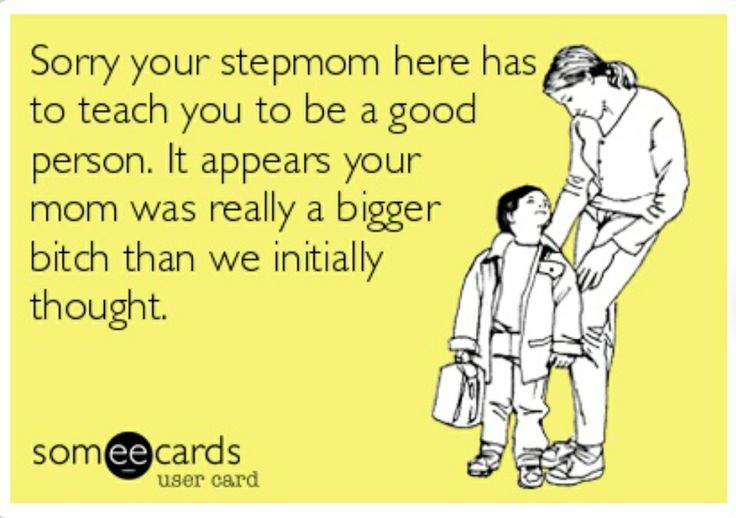
ADHD treatments
It should be noted that attention deficit hyperactivity disorder most often has a favorable prognosis (provided that therapy is started in a timely manner). It is possible to significantly improve the behavior and learning of the child. nine0003
Depending on the severity of the pathological process and the causes of its occurrence, the doctor may prescribe such types of treatment as:
- Medical treatment: the patient may be prescribed sedatives, antidepressants, neurostimulants.
- Cognitive behavioral therapy.
- A clear daily routine: a balanced diet, good sleep.
- Family therapy: if there are conflicts in the family, ADHD often develops against this background. nine0025
- Biofeedback therapy: this method of treatment is aimed at training the child's ability to self-regulate their states with the help of computer game tasks.
- Physiotherapy techniques, eg massage, exercise, kinesiotherapy.
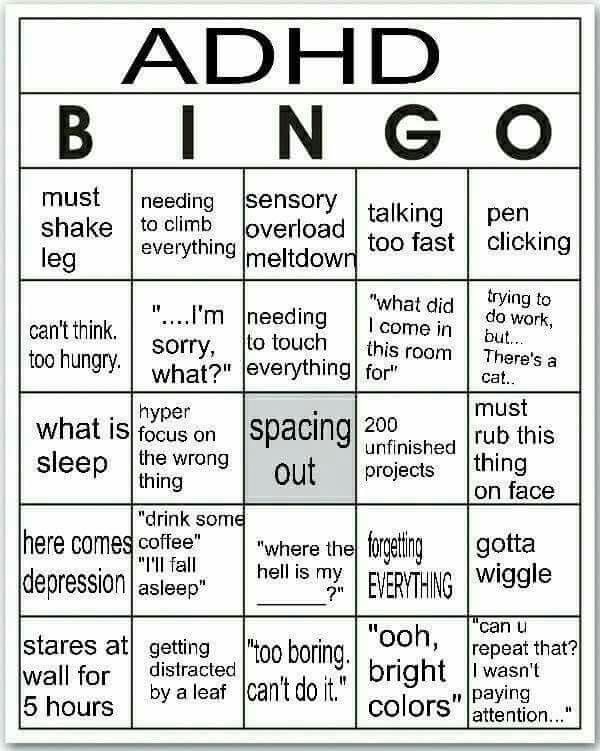
Additionally, other methods of treatment can be used.
Prevention
Unfortunately, it is not always possible to prevent the development of ADHD. However, there are some factors that significantly reduce the risk of developing pathology. For example, the expectant mother should follow a healthy lifestyle, eat a balanced diet, give up bad habits. Before conception, it is desirable to undergo a complete examination, if necessary, to pre-treat existing pathologies. nine0003
Also, as a prevention of ADHD, the following recommendations should be observed:
- The child should be active, walk outdoors more often.
- The regimen of the day and meals must be clear.
- Monitor the child's behavior, immediately stop unacceptable behavior on his part.
- It is very important to build a trusting relationship between parents and children.
- Family conflicts should be avoided. nine0025
At the first signs of ADHD, it is recommended to contact specialists who will help minimize the risk of developing more serious pathologies in the future.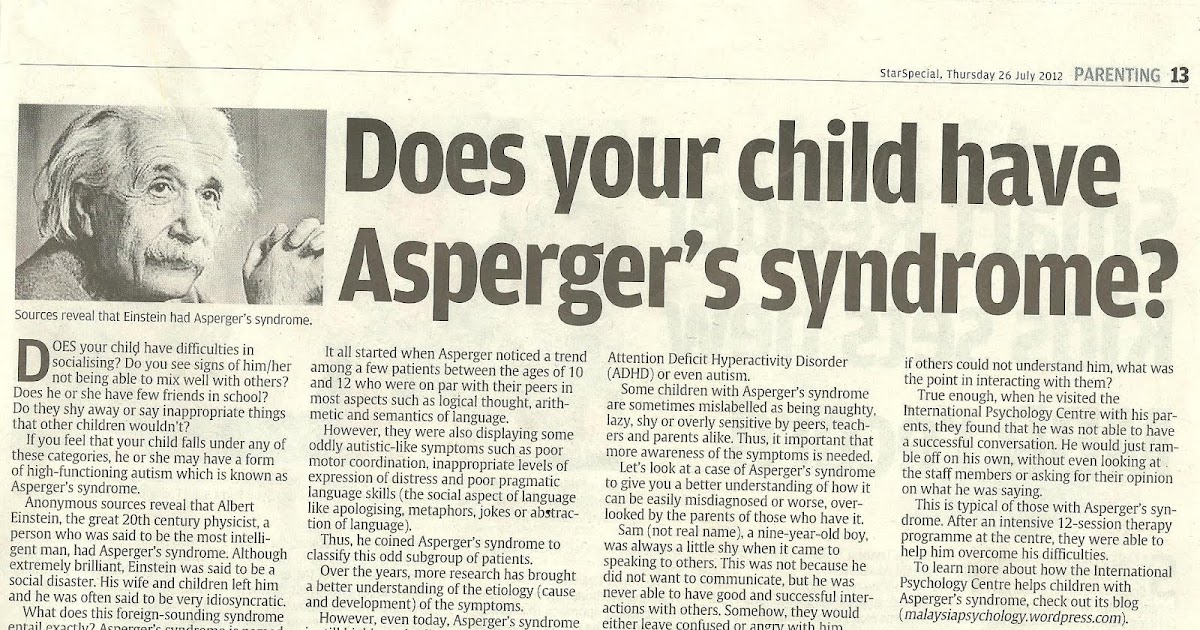
You can learn more about the treatment of attention deficit hyperactivity disorder at a face-to-face appointment with a doctor. Be healthy!
Author of the article:
Markelov Gleb Vladimirovich
neurologist, online consultations
work experience 4 years
reviews Leave a review
Clinic
m. Sukharevskaya
Reviews
Services
- Title
- Appointment, consultation of a neurologist primary 2100
- Appointment, consultation of a neurologist repeated1650
Health articles
All articlesAllergistGastroenterologistHematologistGynecologistDermatologistImmunologistInfectionistCardiologistCosmetologistENT doctor (otolaryngologist)MammologistMassageNeurologistNephrologistOzone therapyOncologistOphthalmologistProctologistPsychotherapistPulmonologistRheumatologistTherapistTraumatologistTrichologistUltrasound (ultrasound examination)UrologistPhysiotherapistPhlebologistSurgeonFunctional diagnostics and Energist nine05 years.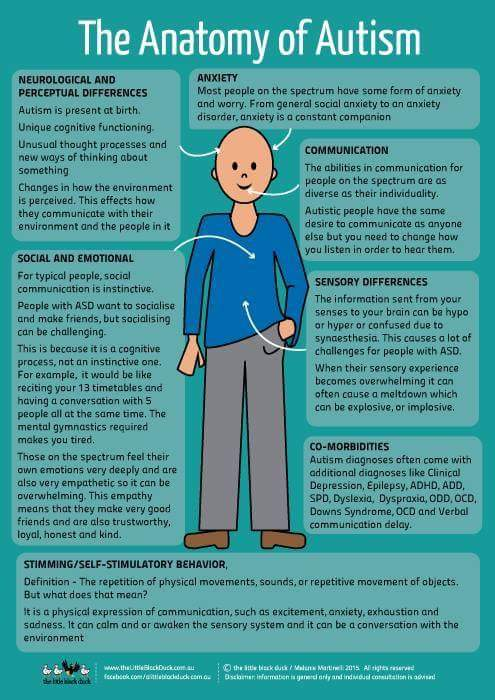 Red Gates. AvtozavodskayaPharmacy. Glades. Sukharevskaya. st. Academician Yangelam. Frunzenskaya Zelenograd
Red Gates. AvtozavodskayaPharmacy. Glades. Sukharevskaya. st. Academician Yangelam. Frunzenskaya Zelenograd Dmitrieva Olga Nikolaevna
Chief physician of "Polyclinika.ru" on Frunzenskaya, neurologist, ENMG specialist
reviews
Clinic
m. Frunzenskaya
Sumina Evgenia Yurievna
Head doctor "Polyanka.ru" on Polyanka, neurologist
reviews
Clinic
m. Polyanka
Demina Evgenia Sergeevna
neurologist, reflexologist, ENMG specialist
reviews Make an appointment
Clinic
m. Sukharevskaya
Kuzmina Irina Vladimirovna
neurologist, reflexologist, hirudotherapist
reviews Make an appointment
Clinic
m. Street 1905 Goda
Street 1905 Goda
Shcherbenkova Alina Lvovna
neurologist, specialist in ENMG, KMN
reviews Make an appointment nine0003
Clinic
m. Frunzenskaya
Aleksandrova Tatyana Sergeevna
neurologist
reviews Make an appointment
Clinic
m. Sukharevskaya
Apevalova Anastasia Romanovna
neurologist
reviews Make an appointment nine0003
Clinic
m. st. Academician Yangel
Arkhireeva Lyudmila Vladimirovna
neurologist
reviews Make an appointment
Clinic
m. Red Gate
Red Gate
Bedenko Anna Sergeevna
neurologist
reviews Make an appointment nine0003
Clinic
m. Polyanka
Vasilieva Ksenia Aleksandrovna
neurologist
reviews Make an appointment
Clinic
Smolenskaya metro station
How to recognize ADHD in a child and help him
November 23, 2019 Likbez Advice
This disorder is often confused with ordinary bad manners. Nevertheless, we are talking about a serious diagnosis. nine0003
What is ADHD
Attention Deficit Hyperactivity Disorder (ADHD) is a neurological behavioral disorder that the affected person cannot control (this is important). It has three key manifestations. Or, in some cases, their combination:
- Inattention.
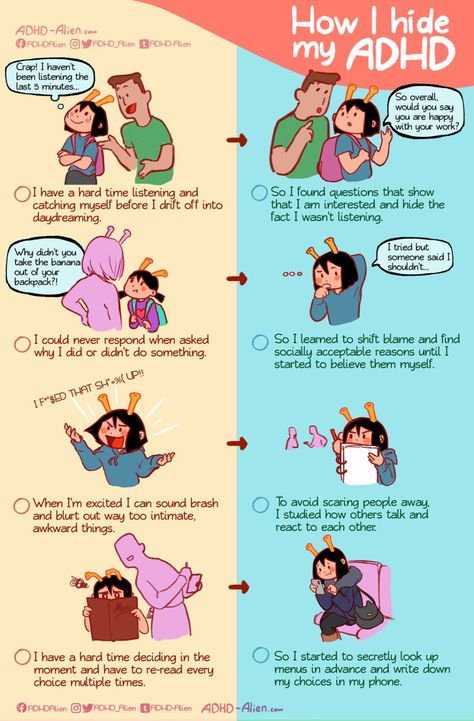 It is difficult for a child to concentrate on a task. He lacks the persistence to continue what he started for more than a couple of minutes. And these problems are not related to the fact that he "does not obey" or does not understand the question. nine0025
It is difficult for a child to concentrate on a task. He lacks the persistence to continue what he started for more than a couple of minutes. And these problems are not related to the fact that he "does not obey" or does not understand the question. nine0025 - Hyperactivity. The child cannot sit still, including in situations where calm and silence are required. He jumps, twists, taps his foot, asks a million questions, scratches, giggles, or is just plain nervous.
- Impulsivity. This means that children do what they want, instantly, without thinking about the consequences. For example, another child takes their car in the sandbox - they beat the offender. It is necessary to the carousel - they run towards it, pushing the rest with their shoulders. I wonder what the appearance of others is connected with - they directly and loudly ask: “Why is this old aunt so fat?” nine0025
Most often, ADHD is associated only with hyperactivity. But this is a mistake.
The child can be reserved and balanced phlegmatic. Just extremely careless.
For a doctor to make a diagnosis, it is enough that one or two of the manifestations of the disease indicated above are observed. In this case, ADHD is divided into types: predominantly inattentive and predominantly hyperactive-impulsive. But in most children, all three problems are present in a complex - this type of ADHD is called combined. nine0003
How to recognize ADHD
If you think that almost all children exhibit this behavior from time to time, you don't. Almost everyone at some point in their lives may behave like someone with ADHD. That is why there is an opinion that this disorder does not exist - they say, these are inventions designed to hide poor upbringing or, let's say, a low level of intelligence.
But despite the controversy, ADHD is quite an official medical diagnosis. The International Classification of Diseases ICD-11 refers it to neurodevelopmental disorders - diseases in which the psyche fails and produces a pathological reaction to sensory information coming from outside.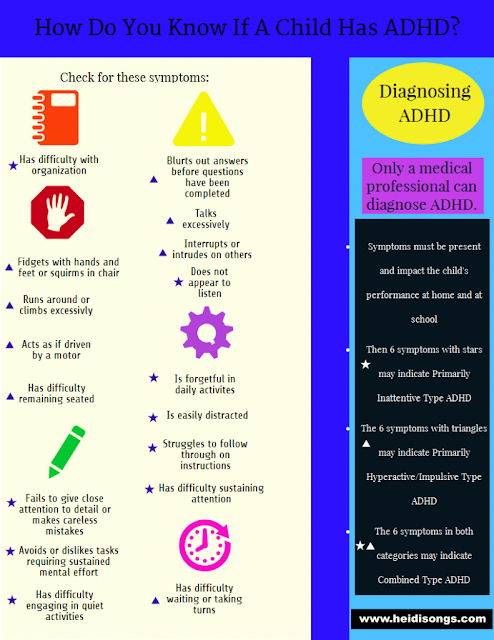 nine0003
nine0003
And there are quite clear diagnostic criteria that help recognize ADHD.
1. Age
Symptoms of ADHD most often first appear between the ages of 3 and 6, but most cases are diagnosed between 6 and 12 years of age.
If you suspect ADHD in a teenager, but you are not sure if he had the same problems in preschool age, most likely it is some other disorder. Or just behavior problems that don't have neurological implications. nine0003
2. Symptoms that last at least 6 months
Diagnosis requires long-term observation of the child's behavior, at least six months. And not only in the family or familiar environment, but also in kindergarten or school.
A pediatrician, neurologist, psychologist, psychiatrist should talk in detail with the parents and the child himself. And also, ideally, interview other people working with him - educators or teachers. Only this allows you to put together a whole picture. nine0003
3. Symptoms that recur both at home and in kindergarten or school
A child with ADHD cannot control their behavior.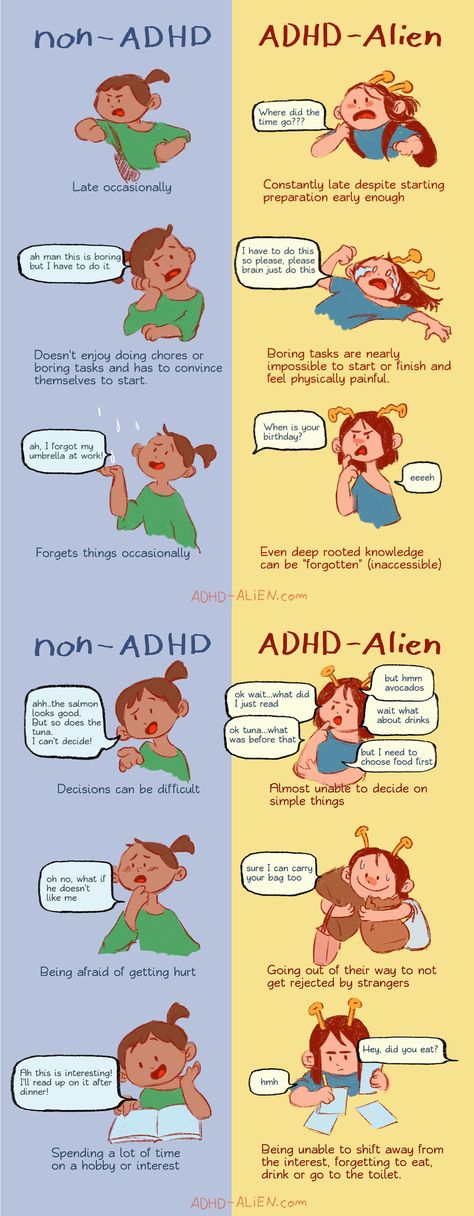 Therefore, the symptoms will be the same - in the familiar environment, in the kindergarten or school.
Therefore, the symptoms will be the same - in the familiar environment, in the kindergarten or school.
If your child seems to be unable to sit still even for a second, blows up the house and exhausts you with endless questions, but behaves normally in kindergarten, this is not about attention deficit hyperactivity disorder.
4. Symptoms that reduce the quality of life
You can be diagnosed if you notice at least a few of the following symptoms every day.
In case of inattentive ADHD, the child:
- Is unable to keep attention on one thing for a long time (at least 5 minutes).
- Easily distracted, instantly forgetting what he was doing just now.
- Regularly makes elementary mistakes: in the example “1 + 2”, he can forget that the first digit was a unit, and output the answer 4. Or, when reading, skip a line and not even notice it. nine0025
- Often, being distracted, he cannot perform a simple task that other children can easily cope with.
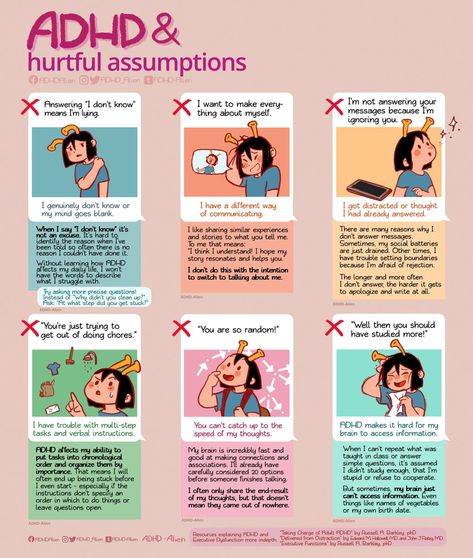
- Regularly does not hear the speech of a parent, educator or teacher addressed to him, because his thoughts are somewhere far away.
- Cannot keep things in order, even when this is specially emphasized to his attention.
- Loses things endlessly - mittens, pencils, books, wallets, keys.
- When going somewhere, he “digs” all the time – he cannot quickly put together the necessary accessories, even if there are very few of them. nine0025
With hyperactive-impulsive ADHD, the child:
- Cannot sit still for more than a few minutes. In the literal sense: fidgeting, wriggling, twisting with brushes and knocking with his feet.
- Often forgets and jumps out of place in situations where it is impossible to do this, for example, in a lesson.
- Shows aimless motor activity: jumping, waving his arms, climbing or running somewhere.
- Does not know how to play quietly and thoughtfully, for example, to assemble a constructor on his own.
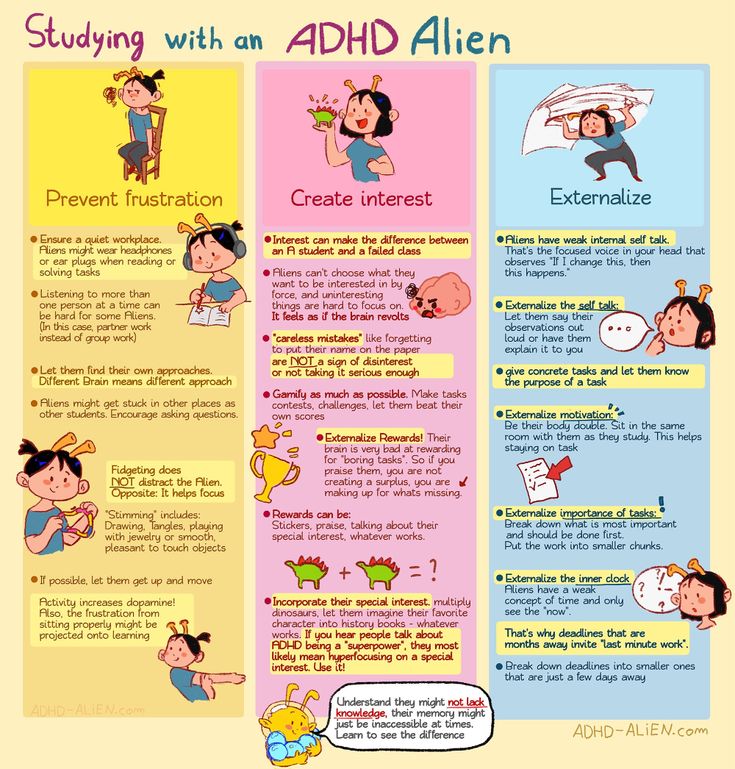 nine0025
nine0025 - Cannot wait in line. So, the teacher's question can be answered by interrupting the classmate to whom this question was addressed.
- He can be very talkative and often quite tactless.
- Seems to lack a sense of danger that could threaten his life.
With combined ADHD, the symptoms may be combined. And in any type, they obviously interfere with the child. For example, due to restlessness or lack of concentration, he cannot learn a lesson or complete an assignment. And because of tactlessness or slowness, it causes irritation in others. nine0003
The dangers of ADHD
Inattention, hyperactivity and impulsivity can persist into adulthood. This often leads to serious psychosocial problems:
- poor academic performance and, as a result, the inability to get a good education;
- lack of friends and support;
- ridicule and associated mental trauma;
- low self-esteem;
- inability to make and keep plans;
- optional, which has a bad effect on career and relationships within the team;
- frequent mood swings;
- vehemence, inclination to commit rash acts;
- persistently high levels of stress, which can lead to the development of other mental disorders such as anxiety or depression;
- inability to build long-term relationships, including family ones;
- alcohol and drug abuse;
- problems with paying debts and the law.
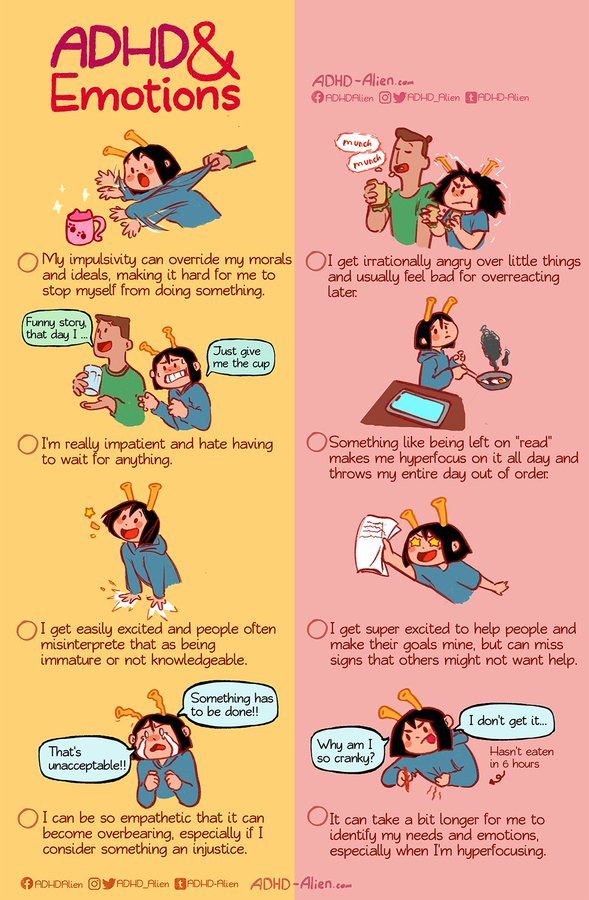
Conclusion: if the diagnosis of ADHD is made, the disease must be corrected.
How to treat ADHD
Good news first.
Between 30% and 70% of children diagnosed with the syndrome "outgrow" it with age.
In other children, the disorder remains for life. It is not always possible to cure it completely. However, there are quite effective methods of correction that can reduce symptoms. nine0003
1. Psychotherapy
In particular, we are talking about behavioral therapy. A qualified psychotherapist will help the child cope with emotions and disappointments, teach social skills in a playful way, for example, wait in line and share, and will not let self-esteem sink.
2. Work in the family
Family relationships are a key part of successful correction. It is extremely important for parents to do everything so as not to increase the already high level of stress in the child. nine0003
Do not scold him for inattention, slowness or restlessness: children with ADHD are objectively unable to cope with this.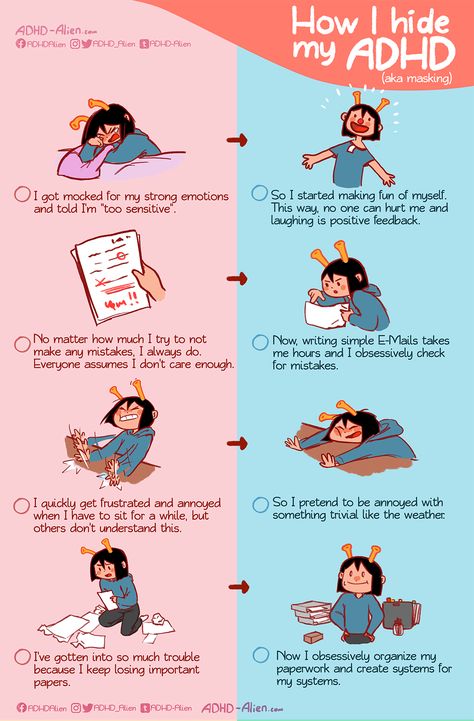 Your task is to be supportive, to show the child that he is loved no matter what. You may also need psychotherapy, which will teach you to control your own emotions and tell you where to draw the psychological resource necessary for communication.
Your task is to be supportive, to show the child that he is loved no matter what. You may also need psychotherapy, which will teach you to control your own emotions and tell you where to draw the psychological resource necessary for communication.
Here's what mom and dad can do:
- Organize your child's home life. Try to follow a strict daily regimen with clearly defined times for getting up, having breakfast, getting ready for the garden or school, bathing, going to bed. It is also worth making a schedule that will remind the child what he should do during the day. Be sure to place your schedule sheet somewhere visible, such as a magnet on the refrigerator door. nine0025
- Adjust diet. Diet research has yielded mixed results. But still, there is reason to believe that certain foods can help the brain cope with the disorder. Add high protein foods to your daily diet - meat, eggs, beans, nuts. Try to replace fast carbohydrates like sweets and cakes with slow ones like fruits, whole grain bread.
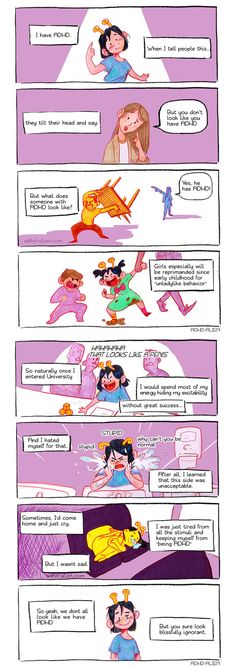 An important nuance: before changing the diet, you should consult on this topic with the pediatrician observing the child. nine0025
An important nuance: before changing the diet, you should consult on this topic with the pediatrician observing the child. nine0025 - Limit time for watching TV and playing with gadgets. No more than 2 hours a day!
- Be consistent in your actions. Children with ADHD need clear and predictable rules to follow.
3. Drug therapy
The most commonly used drugs for ADHD are nootropics (substances that improve brain function) and psychostimulants (help control behavior). Which drug is needed in your case, only a doctor can decide. nine0003
One must be prepared for the fact that the chosen medicine may not be effective, and then a change in the drug will be required.
In addition, any side effects that occur, including loss of appetite or trouble sleeping, should be reported to the physician. This is also an indication for looking for another remedy.
Where ADHD comes from
The exact cause of the disorder has not been established.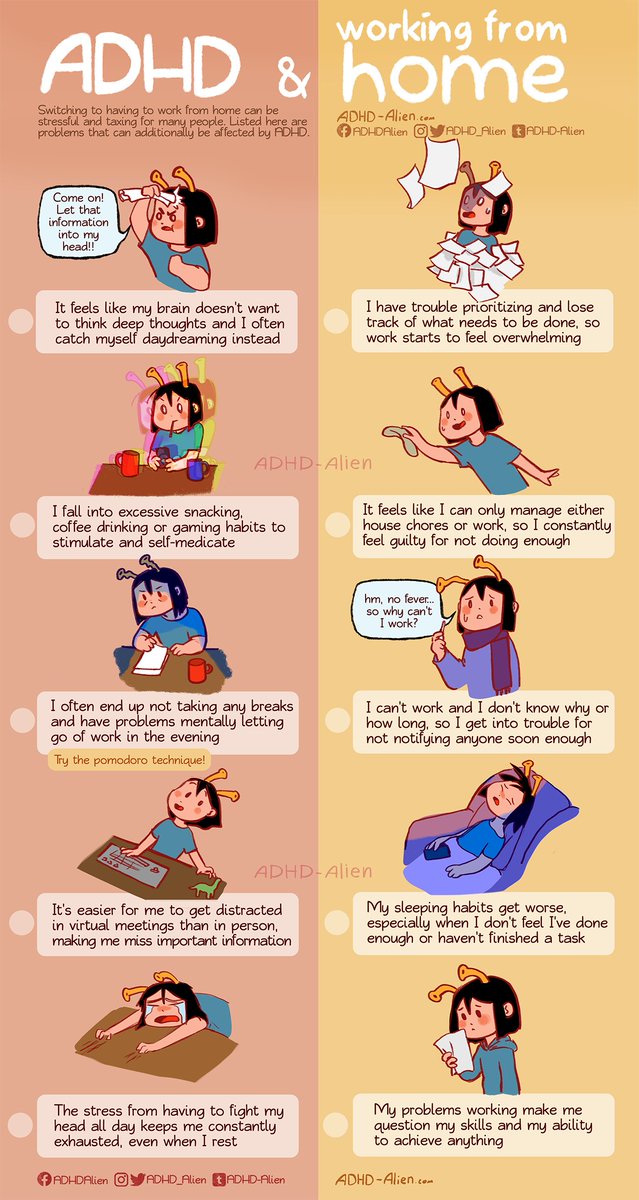 But it is known that an excess of sugar or excessive TV viewing does not cause attention deficit hyperactivity disorder. An unbalanced diet or obsession with gadgets can make ADHD difficult to manage. But they are not able to provoke its development. nine0003
But it is known that an excess of sugar or excessive TV viewing does not cause attention deficit hyperactivity disorder. An unbalanced diet or obsession with gadgets can make ADHD difficult to manage. But they are not able to provoke its development. nine0003
Scientists have only been able to identify a number of factors that seem to play a role in causing ADHD.
1. Heredity
The syndrome runs in families, which makes it possible to associate it with genetics. It has been found that if one parent had ADHD, the child has a 50% chance of inheriting the disorder. If the family already has an older brother or sister with the syndrome, the risks of the younger one are 30%.
2. Preterm birth
ADHD is often diagnosed in babies born prematurely or with low birth weight (less than 2,500 g). nine0003
3. Bad habits of the mother during pregnancy
The risk of ADHD in a child is increased if the mother smoked, consumed alcohol or drugs while carrying the fetus.